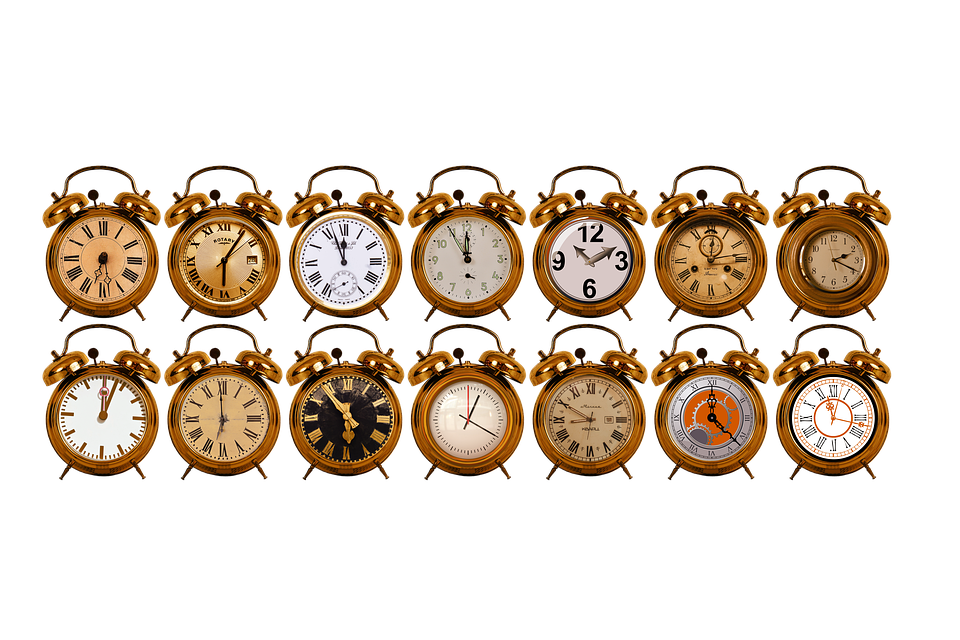Decoding Geodesics: Illuminating the Mechanisms Behind Universal Rebirth
Introduction
Universal rebirth, also known as cosmic or universal recycling, is a concept that has intrigued philosophers, scientists, and spiritualists alike for centuries. It suggests that the universe undergoes a cyclical process of birth, death, and rebirth, much like the seasons or the ebb and flow of tides. This article aims to decode the geodesics and reveal the mechanisms behind this fascinating phenomenon.
Understanding Geodesics
Geodesics, in the context of universal rebirth, refer to the paths or trajectories that matter and energy follow in the fabric of space-time. These paths are influenced by the gravitational forces exerted by celestial bodies and the overall curvature of space-time itself, as described by Einstein’s general theory of relativity.
Geodesics can be thought of as the cosmic highways along which particles, stars, galaxies, and even light travel. They dictate the motion and interactions of cosmic entities, shaping the structure and evolution of the universe as a whole.
The Role of Black Holes
Black holes, with their immense gravitational pull, play a crucial role in the process of universal rebirth. When a massive star collapses under its own gravity, it forms a black hole. These cosmic entities have such strong gravitational forces that nothing, not even light, can escape their grasp beyond a certain point called the event horizon.
Black holes act as cosmic recycling centers, swallowing matter and energy from their surroundings. As matter and energy fall into a black hole, they contribute to its mass and increase its gravitational pull. Over time, black holes accumulate more and more matter until they reach a critical point known as a singularity.
At the singularity, the laws of physics as we currently understand them break down, and the concept of space and time loses its meaning. It is believed that the singularity is the catalyst for universal rebirth, triggering a cataclysmic event known as the Big Bang.
The Big Bang and Universal Rebirth
The Big Bang theory is the prevailing model that explains the origins of our universe. It suggests that the universe originated from an extremely hot and dense state, expanding rapidly from a singularity. This expansion gave birth to space, time, matter, and energy, setting the stage for the formation of galaxies, stars, and eventually life as we know it.
According to the theory, the universe will continue to expand until it reaches a point of maximum expansion. At this point, the gravitational forces will gradually pull matter and energy back together, leading to a reverse process of contraction known as the Big Crunch.
During the Big Crunch, all matter and energy in the universe will collapse into a singularity, similar to the one found in black holes. This singularity will then trigger another Big Bang, initiating a new cycle of universal rebirth.
FAQs
1. Is universal rebirth a proven scientific concept?
Universal rebirth is a concept that remains speculative and falls into the realm of theoretical physics. While the Big Bang theory provides strong evidence for the initial expansion of the universe, the idea of cyclic universes and rebirth is still subject to ongoing research and debate.
2. How do scientists study geodesics and cosmic paths?
Scientists study geodesics and cosmic paths through various observational techniques and mathematical models. They analyze the motion and interactions of celestial bodies, observe cosmic microwave background radiation, and use computer simulations to understand the behavior of matter and energy in the universe.
3. Can we directly observe the process of universal rebirth?
As of now, there is no direct observational evidence for the process of universal rebirth. The cyclical nature of the universe is still a hypothesis, and its confirmation would require advanced technological capabilities and new scientific breakthroughs.
4. What are some alternative theories to universal rebirth?
While the cyclical universe hypothesis is intriguing, there are alternative theories that propose different scenarios for the fate of our universe. Some suggest that the universe will continue to expand indefinitely, while others propose the concept of a “Big Freeze,” where the universe gradually cools down and becomes devoid of energy.
5. How does universal rebirth impact our understanding of existence?
The concept of universal rebirth challenges our notions of existence, time, and the ultimate fate of the universe. If the cyclical nature of the universe is confirmed, it suggests that our existence is part of a larger cosmic cycle, with endless opportunities for rebirth and transformation.
Conclusion
Decoding geodesics and exploring the mechanisms behind universal rebirth provides a glimpse into the awe-inspiring nature of our universe. While the concept remains speculative, it stimulates our curiosity and encourages further exploration and scientific inquiry. Whether universal rebirth is a reality or not, contemplating the mysteries of the cosmos expands our understanding of existence and our place within it.

